The growing reliance on electronic devices has made charging stations a common sight in airports worldwide. From smartphones to laptops, travelers depend on these facilities to keep their gadgets powered during layovers and delays. However, the increasing prevalence of airport charging stations has also raised concerns about safety and security. Incidents involving overheating, electrical faults, and even data breaches have prompted authorities to reevaluate the standards governing these essential amenities.
Airport charging stations are not just a convenience but a critical infrastructure component in modern travel hubs. With millions of passengers passing through terminals each day, the demand for accessible and reliable power sources is higher than ever. Yet, this convenience comes with risks. Poorly maintained or improperly installed charging ports can lead to electrical hazards, while malicious actors have been known to exploit public USB ports to steal data. The challenge lies in balancing accessibility with stringent safety protocols.
Recent reports of charging-related incidents have put airport operators on high alert. In one case, a faulty charging station caused a small fire in a busy terminal, leading to an evacuation. In another, travelers reported devices malfunctioning after using public USB hubs. These events highlight the need for stricter regulations and regular maintenance checks. Unlike private charging solutions, public stations are subject to heavy use and varying environmental conditions, making them more susceptible to wear and tear.
Data security is another pressing issue tied to airport charging stations. Cybersecurity experts warn that "juice jacking," a form of attack where hackers manipulate charging ports to access connected devices, is a real threat. While most travelers are aware of risks like pickpocketing or luggage theft, few consider the dangers of plugging into an unfamiliar USB port. Airports must address these vulnerabilities by promoting the use of AC power outlets or providing secure charging kiosks with built-in data blockers.
The responsibility for ensuring charging station safety falls on multiple parties. Airport authorities must enforce strict installation and maintenance guidelines, while manufacturers are expected to design durable, tamper-resistant units. Airlines and retail tenants within terminals also play a role by supporting awareness campaigns that educate passengers on safe charging practices. Collaboration between these stakeholders is essential to prevent accidents and maintain passenger trust.
Technological advancements offer promising solutions to these challenges. Some airports have begun testing wireless charging pads embedded in seating areas, eliminating the need for exposed cables and ports. Others are experimenting with solar-powered stations to reduce strain on electrical systems. Smart charging stations equipped with surge protection and real-time monitoring capabilities could further enhance safety. However, these innovations require significant investment and careful implementation to be effective on a large scale.
Passenger behavior also influences charging station safety. Many travelers attempt to charge multiple devices simultaneously or use damaged cables, increasing the risk of overheating. Others leave devices unattended for extended periods, creating opportunities for theft or tampering. Simple measures like using a personal adapter or carrying a portable power bank can significantly reduce reliance on public stations. Airports can encourage these habits through clear signage and digital alerts displayed near charging areas.
The future of airport charging infrastructure depends on proactive risk management. As battery technologies evolve and power demands increase, standards must adapt accordingly. International aviation organizations could establish unified safety guidelines to prevent inconsistencies between regions. Regular audits and certification programs would help maintain quality across different manufacturers and service providers. Ultimately, the goal is to ensure that charging stations remain a helpful amenity rather than a liability.
Beyond technical considerations, there’s a human element to this issue. Airport staff must be trained to identify and report malfunctioning equipment promptly. Cleaning crews should know how to handle charging areas without causing damage or exposing electrical components to liquids. Even security personnel need awareness of potential threats related to charging stations, as these hubs could theoretically be used to conceal harmful devices. A culture of vigilance benefits everyone in the airport ecosystem.
Environmental factors add another layer of complexity to charging station safety. Airports in extreme climates face unique challenges, from freezing temperatures that affect battery performance to high humidity that can corrode electrical contacts. Engineers designing charging solutions for these environments must account for such variables. Similarly, stations installed outdoors or in high-traffic zones require sturdier construction to withstand physical impacts and weather exposure.
The economic aspect cannot be ignored either. While some airports provide charging as a free service, others partner with vendors to offer premium options. This business model introduces questions about liability when paid services malfunction. Clear terms of service and reliable customer support channels become necessary to address disputes. Transparent pricing and easy-to-locate stations also contribute to positive passenger experiences while reducing congestion around limited outlets.
Looking ahead, the integration of charging stations with other smart airport systems could revolutionize safety monitoring. Imagine charging ports that automatically disable when detecting power surges or suspicious data transfer attempts. Networked stations could alert maintenance teams the moment an issue arises, preventing minor faults from escalating. Such innovations would represent a significant leap forward in protecting both devices and users.
Public awareness campaigns might be the most immediate solution to many charging-related risks. Simple infographics explaining how to spot tampered ports or why using AC power is safer than USB could be displayed near charging areas. Airlines might include safety tips in their pre-flight announcements or mobile apps. Even social media could play a role in spreading best practices among frequent travelers. Knowledge remains the first line of defense against both accidental hazards and intentional exploits.
The conversation around airport charging station safety is just beginning. As technology advances and passenger expectations grow, standards will continue to evolve. What remains constant is the need for all parties—manufacturers, airport operators, airlines, and travelers themselves—to prioritize safety without sacrificing convenience. The solutions are within reach, but they require cooperation, investment, and ongoing attention to detail. After all, in an increasingly connected world, reliable and secure charging isn’t just a luxury—it’s a necessity.

By Grace Cox/Apr 14, 2025

By Emma Thompson/Apr 14, 2025
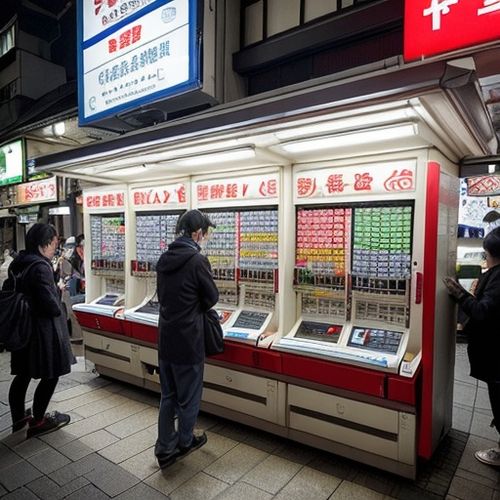
By Daniel Scott/Apr 14, 2025
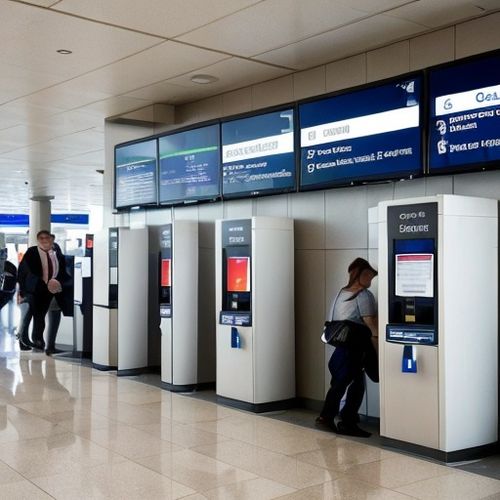
By Rebecca Stewart/Apr 14, 2025

By Emily Johnson/Apr 14, 2025

By Megan Clark/Apr 14, 2025
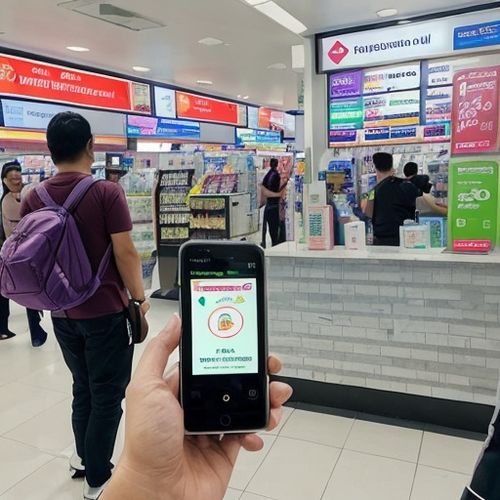
By Emma Thompson/Apr 14, 2025

By Grace Cox/Apr 14, 2025

By Christopher Harris/Apr 14, 2025
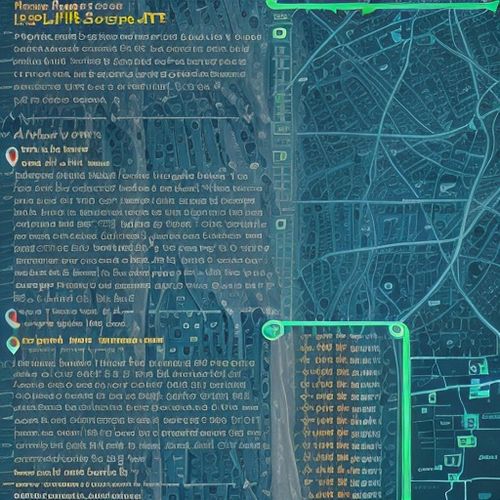
By Joshua Howard/Apr 14, 2025

By Noah Bell/Apr 14, 2025
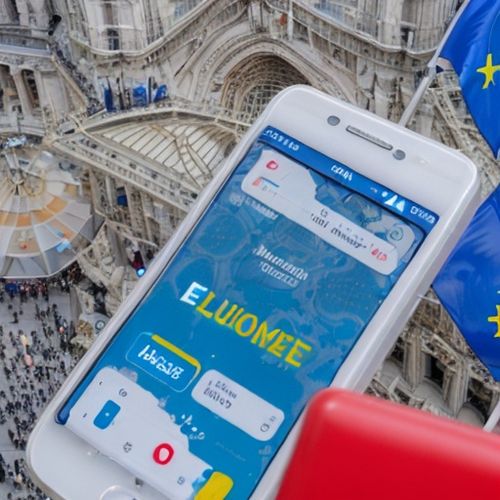
By Grace Cox/Apr 14, 2025
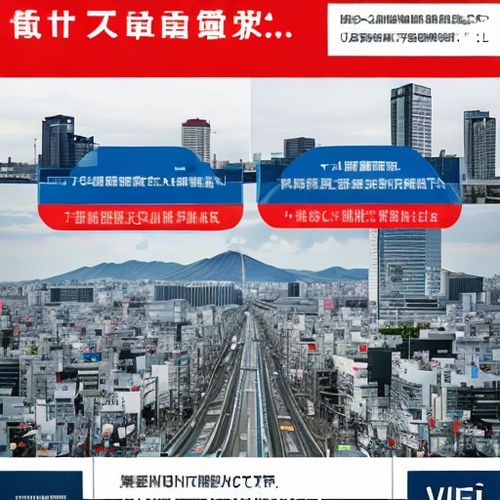
By Joshua Howard/Apr 14, 2025

By Victoria Gonzalez/Apr 14, 2025

By Grace Cox/Apr 14, 2025

By Christopher Harris/Apr 14, 2025

By Lily Simpson/Apr 14, 2025

By Laura Wilson/Apr 14, 2025

By Michael Brown/Apr 14, 2025

By Noah Bell/Apr 14, 2025